101 ranchers, UF/IFAS Extension Agents and Specialists, allied industry representatives, and graduate students participated in the 2016 UF/IFAS North Florida Research and Education Center’s Beef & Forage Field Day held on Friday April 15th at the Beef Research Unit north of Marianna, Florida. The Field Day included a five-stop demonstration tour, lunch presentations, and two simultaneous afternoon tours. The following are some of the highlights of the event as well as a direct link to the proceedings that contain a summary of the information presented at the field day.
Also included in the proceedings was the debut of the UF/IFAS Panhandle Ag Team’s Cattle & Forage Management Calendar. The purpose of the management calendar is to provide reminders for management techniques with similar timing to those used at the UF/IFAS Beef Research Unit.
Reducing Nitrogen Inputs in Livestock Systems
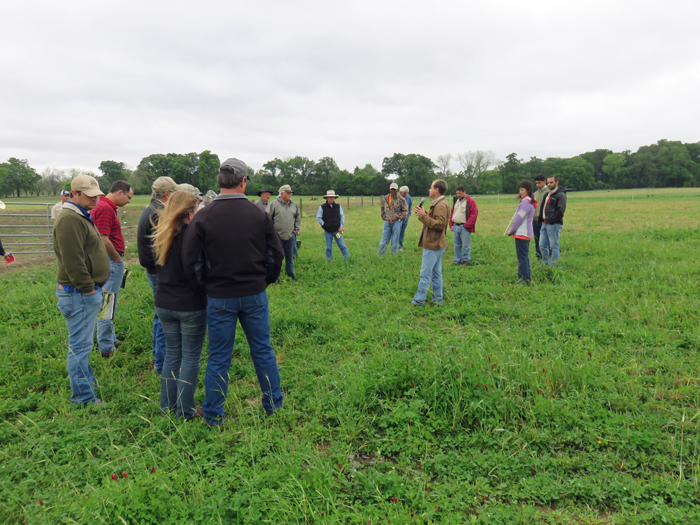
Jose Dubeux, UF/IFAS Forage Specialist shared with tour participants a multi-year project that he and other researchers are working on to study the potential for a reduction in the requirement for nitrogen fertilization in permanent pastures. Through the use of perennial peanut mixed with bahiagrass during the summer, and winter annual legumes in blends with cool-season grasses, the group is comparing a system with 85% less nitrogen fertilization (30 lbs. N/acre in winter) as compared to traditional fertilized bahiagrass (100 lbs. N summer) overseeded with small grains in the fall (100 lbs. N/Acre winter). The goal of the project is to provide fresh grazing for 10 months of the year with minimal nitrogen fertilization with comparable animal performance to traditional systems that rely on 200 lbs./acre of nitrogen fertilization.
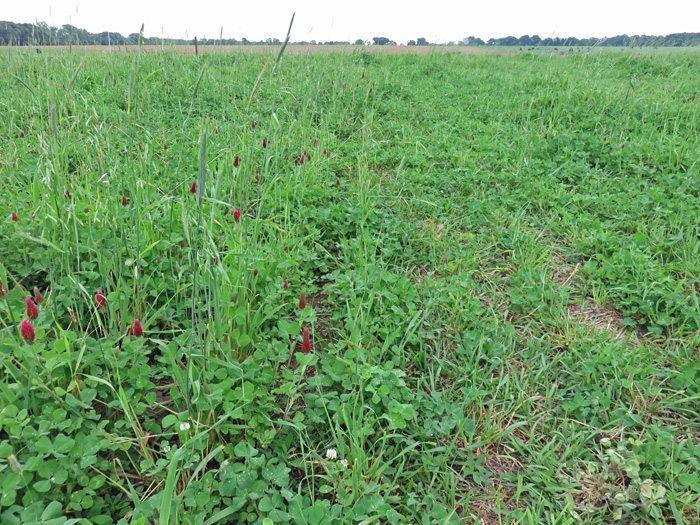
Planning for Summer Forages
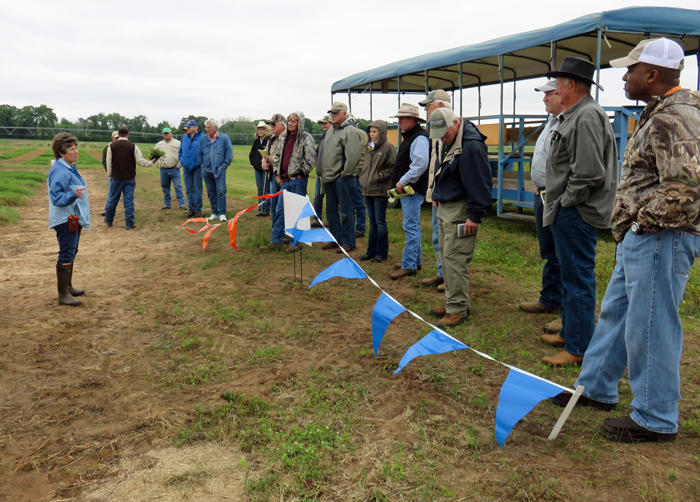
Ann Blount, UF/IFAS Forage Breeder and Mark Mauldin, Washington County Extension Agent discussed forage options for the upcoming warm season. They discussed both annual variety options such as pearl millet, sorghum-Sudan hybrids, and crabgrass, as well as perennial grass varieties such as bahiagrass, Bermudagrass, and limpograss.
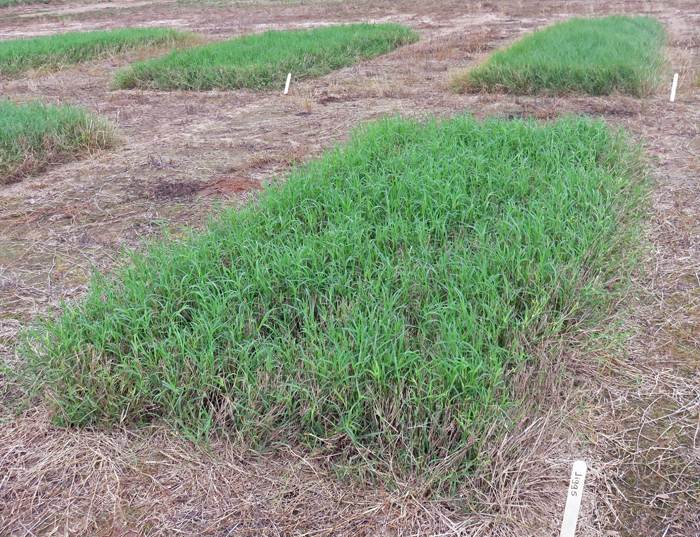
Bahiagrass Effects on Soil Health

Cheryl Mackowiak, UF/IFAS Soil Specialist discussed major projects she and other researchers are working on that are looking at the poitive effects perennial grasses such as bahiagrass have on soil health. Not only are these grasses effective for crop rotation to reduce pest and diseases, but there are also valuable for building organic matter that helps hold nutrients in the root zone of annual crops. The team is currently evaluating the movement of nitrates (from nitrogen fertilization) withing the soil profile under different management systems.
Focus on Preweaning Calf Management
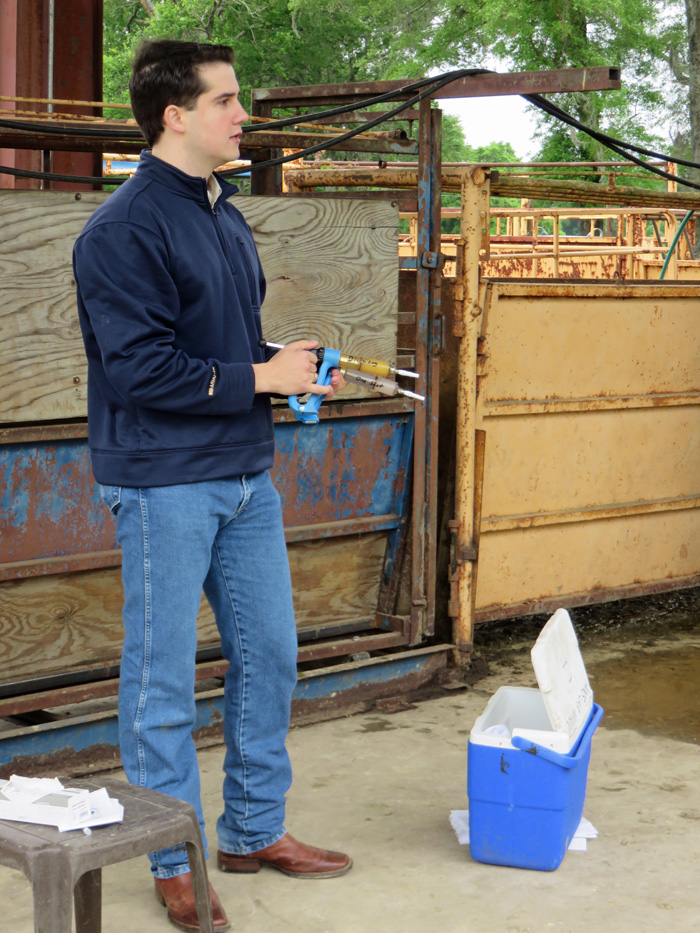
Philipe Moriel, UF/IFAS Beef Specialist provided some recommendations for ranchers for calf management prior to and after weaning. He provided an overview of the types of vaccinations recommend for calves in Florida prior to weaning and also some tips to ensure the vaccines remained viable after purchase. Ranchers are advised to check their barn refrigerators to make sure they stay between 35-45 and and protect vaccines from sunlight prior to use. He also shared results of some trials that he and other researches are doing with limited creep feeding (1/2 lb./hd./day) to boost calf performance by 16 pounds per head at a cost of only $7 of total feed/head.
Impact of Record Keeping and Heifer Selection on Herd Profitability

Nicolas DiLorenzo and Cliff lamb, UF/IFAS Beef Specialists discussed heifer selection based on production records. Nicolas shared the performance records of two Charolais cross heifers that weighed 807 and 825 pounds. The natural inclination would be to keep the larger, faster growing heifer for a replacement in your herd, but through the grow safe research system he knew that the smaller heifer was much more efficient reaching the 800 pound target with $29 lower feed cost. Cliff Lamb had two Angus cross heifers that he asked the tour group to evaluate to decide which should be kept as replacements for the herd. The heifer on the right was considerably larger, in better condition, and more desirable in appearance, however the heifer on the left was the one that was pregnant. Cliff shared that reproduction has the greatest impact on herd profitability, so even though the heifer to the right looks great, she will be sold after pregnancy testing, instead of spending over $600 to feed her for the year without a calf to sell.
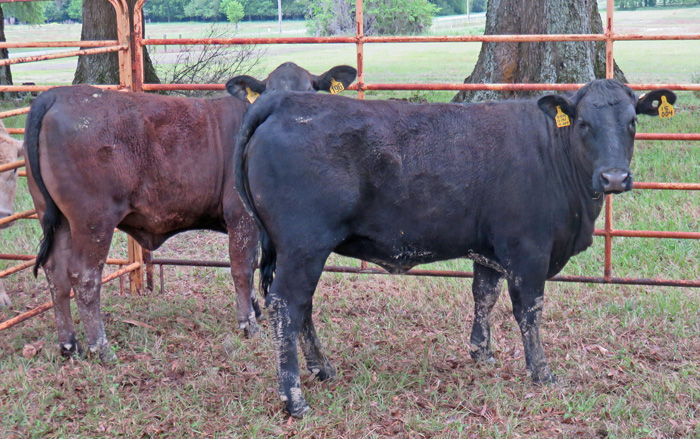
Winter Forage Demonstration
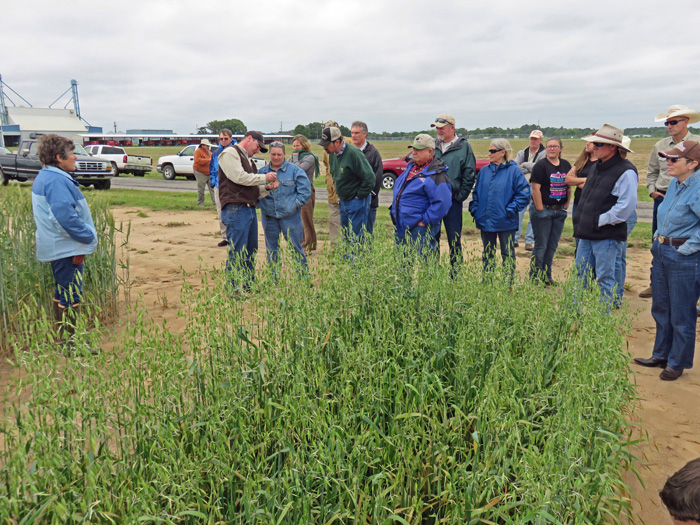
Ann Blount, Jose Dubeux, UF/IFAS Forage Specialists, Cheryl Mackowiak, UF/IFAS Soil Specialist, & Mark Mauldin, Washington County Agriculture Agent provided a tour after lunch of the winter forage variety test plots. They showed tour participants examples of fungal diseases that affect older varieties of oats. They also showed tour participants the affect that planting date has on productivity of these winter annual forage crops. In addition to single variety plots, the researcher group showed the work they have been doing with blends or combinations of winter forages for use in grazing and silage operations.
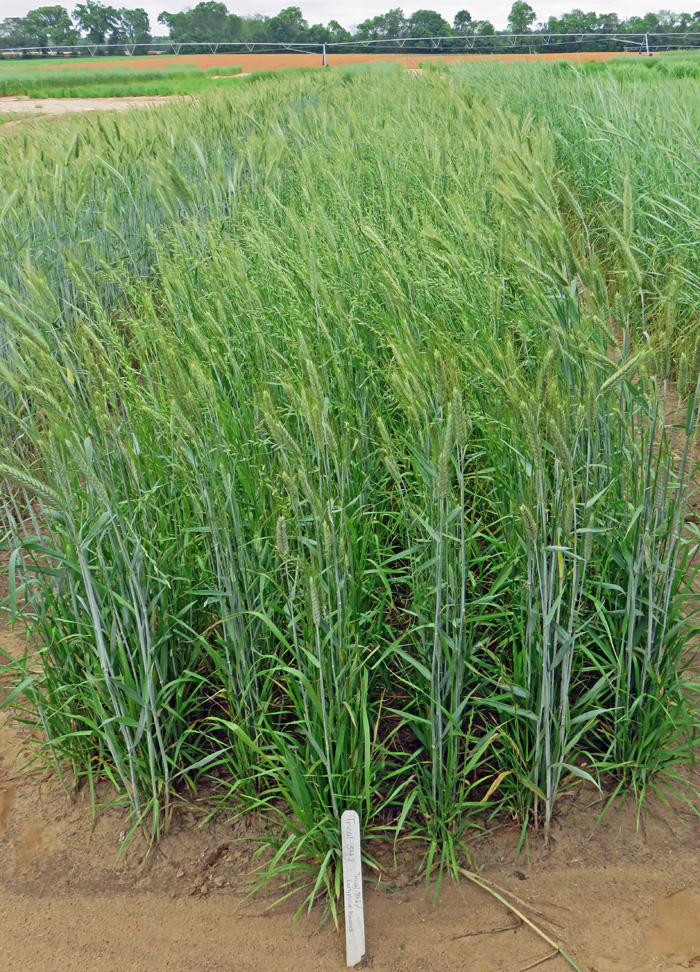
Feed Efficiency Tour and Experiment Overview
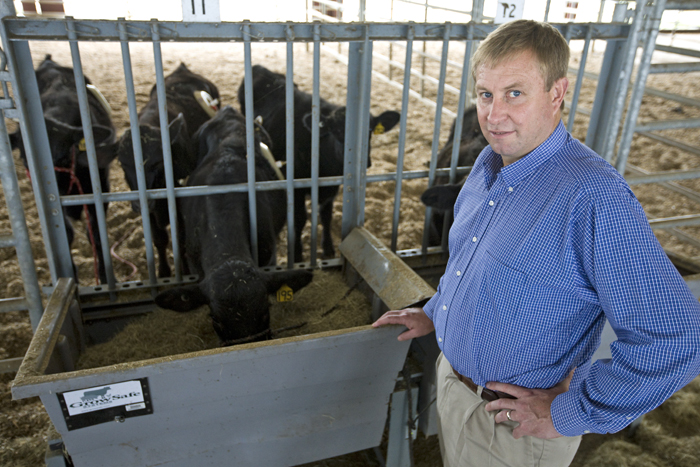
Nicolas DiLorenzo and Cliff lamb, UF/IFAS Beef Specialists and their graduate students provided a tour of the Feed Efficiency Facility after lunch and shared an overview of the numerous research trials that have been completed and those currently underway that utilize the precise data of how much feed each individual animal consumes in the facility. They have been able to compare the utility a variety of byproduct feed supplements as well as the impact of efficiency on herd profitability.
Use the link below to download the entire 35 page field day proceedings:
2016 NFREC Beef & Forage Field Day Proceedings
Use the link below to download only the Cattle & Forage Management Calendar:
2016 Panhandle Ag Team Cattle & Forage Management Calendar
 0
0
